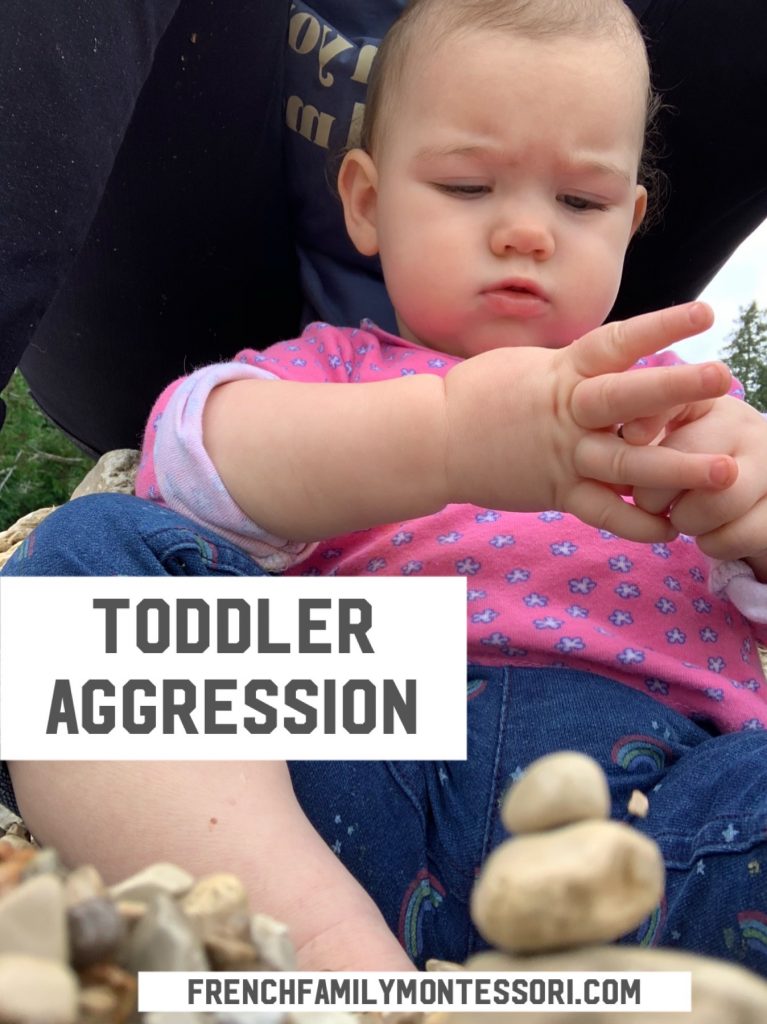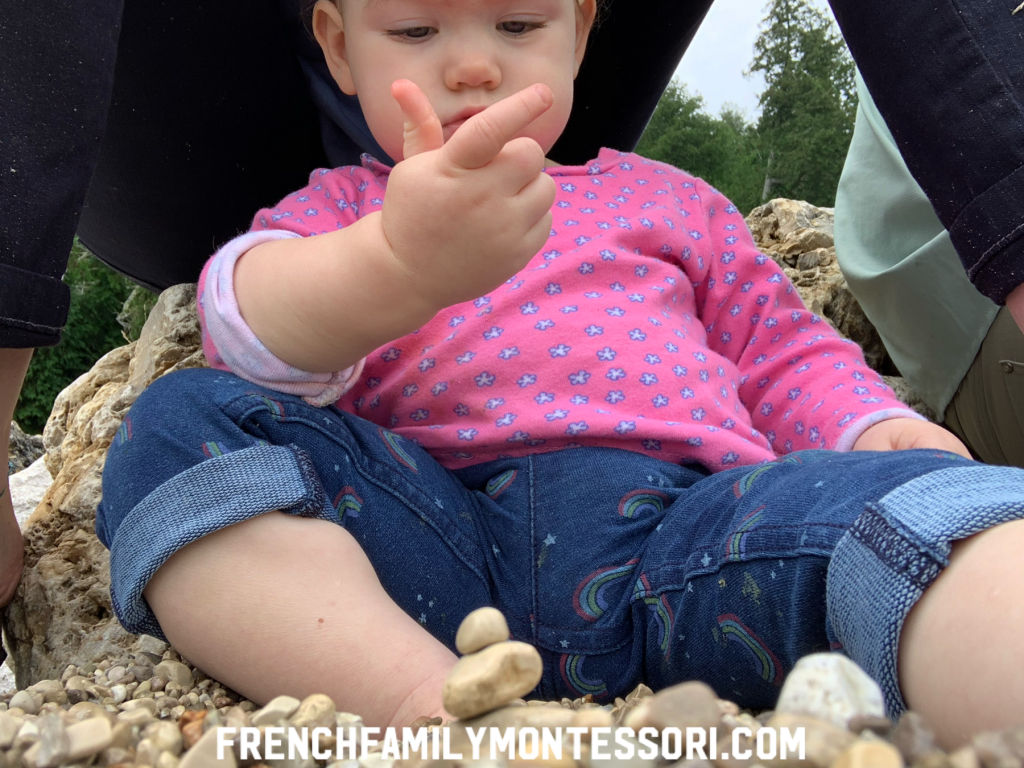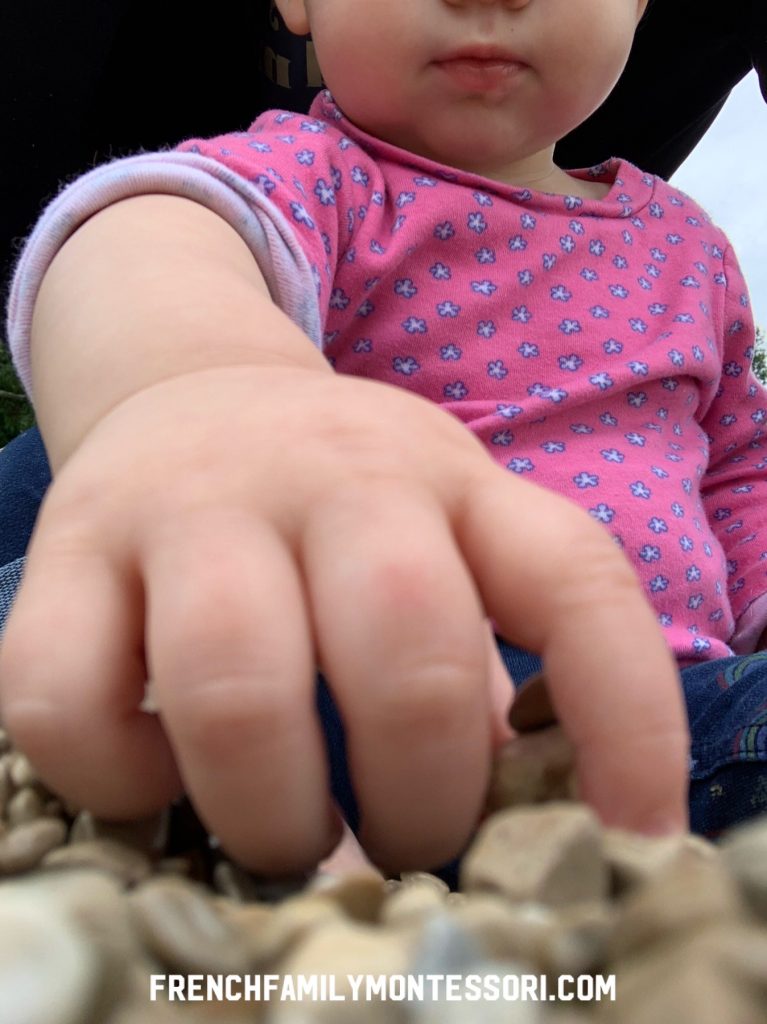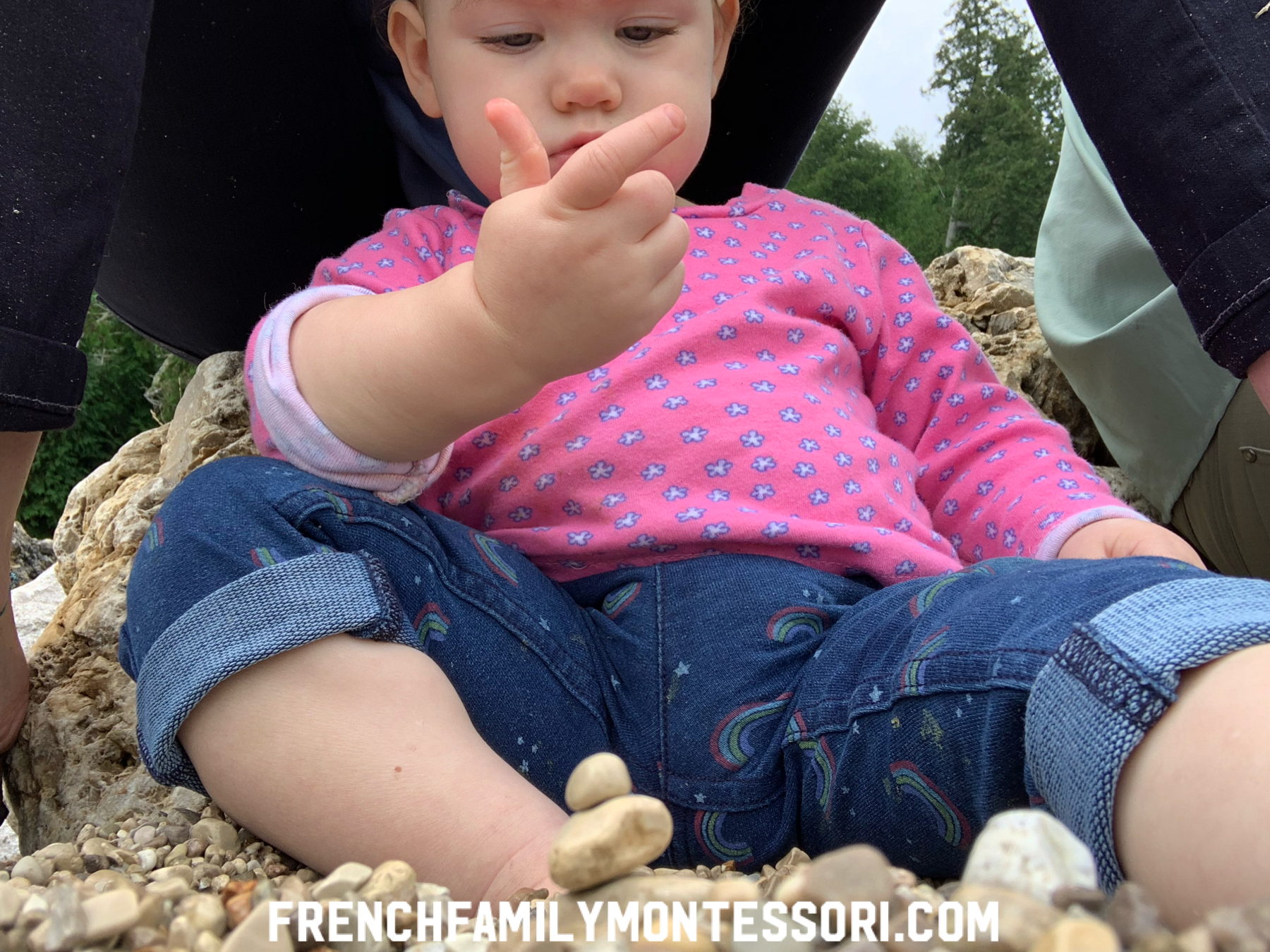
A few weeks ago, I noticed a small toddler-sized bit mark on one of the girls’ arms, in a location they couldn’t have done themselves. Thankfully, we haven’t noticed any signs of physical aggression–we are not even sure the mark was out of aggression. However, we have started to notice an increase in frustration in certain situations.
Feelings of frustration, anger, sadness, and so on are all normal–but it’s our job as parents to help our children learn to handle these emotions in appropriate manners and provide them with the proper tools to do just that.
There’s a way that the girls kiss–they shake their heads back and forth while saying “ahhh” and moving towards the intended person. On one occasion I observed one of them become frustrated and angrily go in for a kiss. I was concerned that a bite was to follow and I wouldn’t be able to intervene quick enough–thankfully it didn’t. They get upset with me at times or may have little spats with each other, but this was something more. So I wanted to create a meditation area. A spot for them to get away and recenter themselves, when needed.

They have a mat for their work that defines their workspace–it also helps their sister learn to respect their work, their space, their concentration, and the process. I wanted a space that allowed them the same respect for mental health. Hence their meditation area.
We had to make a few adjustments and rearrange the sitting room to create this space, but we finally accomplished it. I have Autism, and I used to have a similar space that helped me immensely. So I wanted to create a more age-appropriate area for them, one that allowed them space to meditate and take deep-breathes. It’s a basic set-up: a tent, pillows, DIY meditation board, a lovie, and books.
Now, when I notice a temper is about to flare, I may try to redirect to this space. If they aren’t interested, I will offer one of the meditation boards. I first try to calmly explain that I see they are frustrated and we should redirect that frustration. We do deep-breathing and I will demonstrate–when I exhale they like it to blow on their face and try to mimic by blowing on my face (T would always do the same, too).

We talk about how they are feeling, why, and what we can do–“E, I see you are upset because V won’t let you have the book right now. It’s so frustrating when we don’t get our way and we need to wait. Let’s take a few deep breathes and then get another book to look at until she is done.” Right now, they aren’t really able to explain, but we are laying down an important foundation. As their language progresses, they will be able to communicate better. When I did this with T, I had people comment that it was silly for such a young child. It’s not, we are building a healthy infrastructure that they will benefit from long-term. Why is deep breathing so important? Because I want to help them learn to control their emotions when an alternative solution, like another book, isn’t always immediately available. It also gives them time to understand their emotions, as they aren’t always clear.
When a situation arose away from home, we went off to the side–away from others– practiced our deep breathing and talked about what they were feeling. A child is never too young for us to talk about their emotions.
How does your family handle feelings of aggression or frustration?
.
.
.
